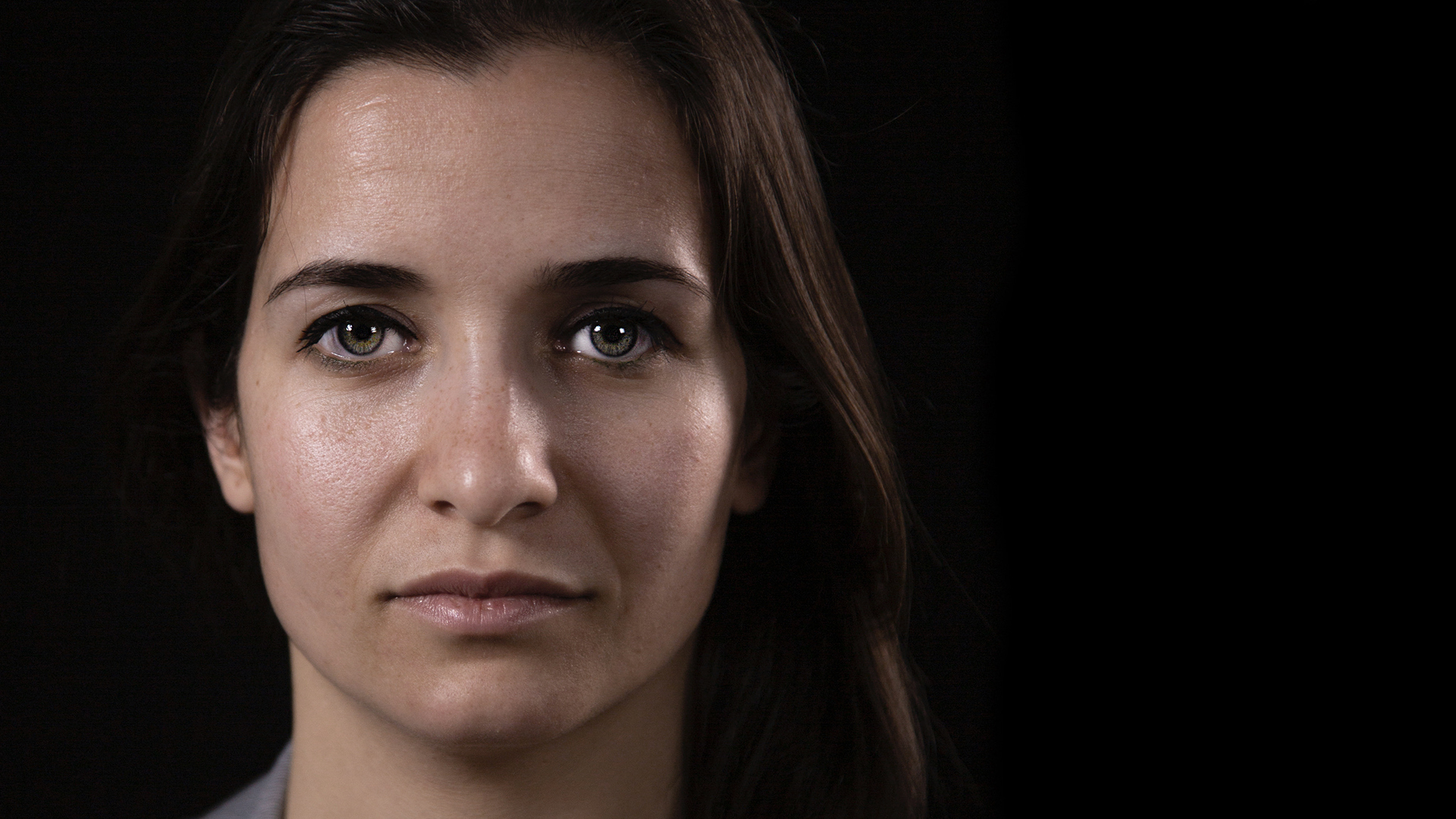Uncovering stories with a human dimension
Can journalism build a better world? Thomson Foundation has the privilege of training and working with journalists around the globe who are at the forefront of the world’s most important stories.
To mark the UN’s #WorldHumanitarianDay, hour by hour, we are sharing some of the humanitarian issues covered by 24 of our alumni in recent years, from tackling the deepening refugee crisis and reinventing dysfunctional areas of healthcare, education and the justice system, to quelling the rise of intolerance and extremism.
Syria: Potential crisis upon crisis
Much has been said about coming to terms with the new normal, but in war-torn countries such as Syria, the effects of Covid-19 could take the country into an even deeper crisis. Photojournalist Hasan Belal has been documenting how Syrians, who have already endured a great deal of trauma and tragedy, are struggling to properly avoid the virus.
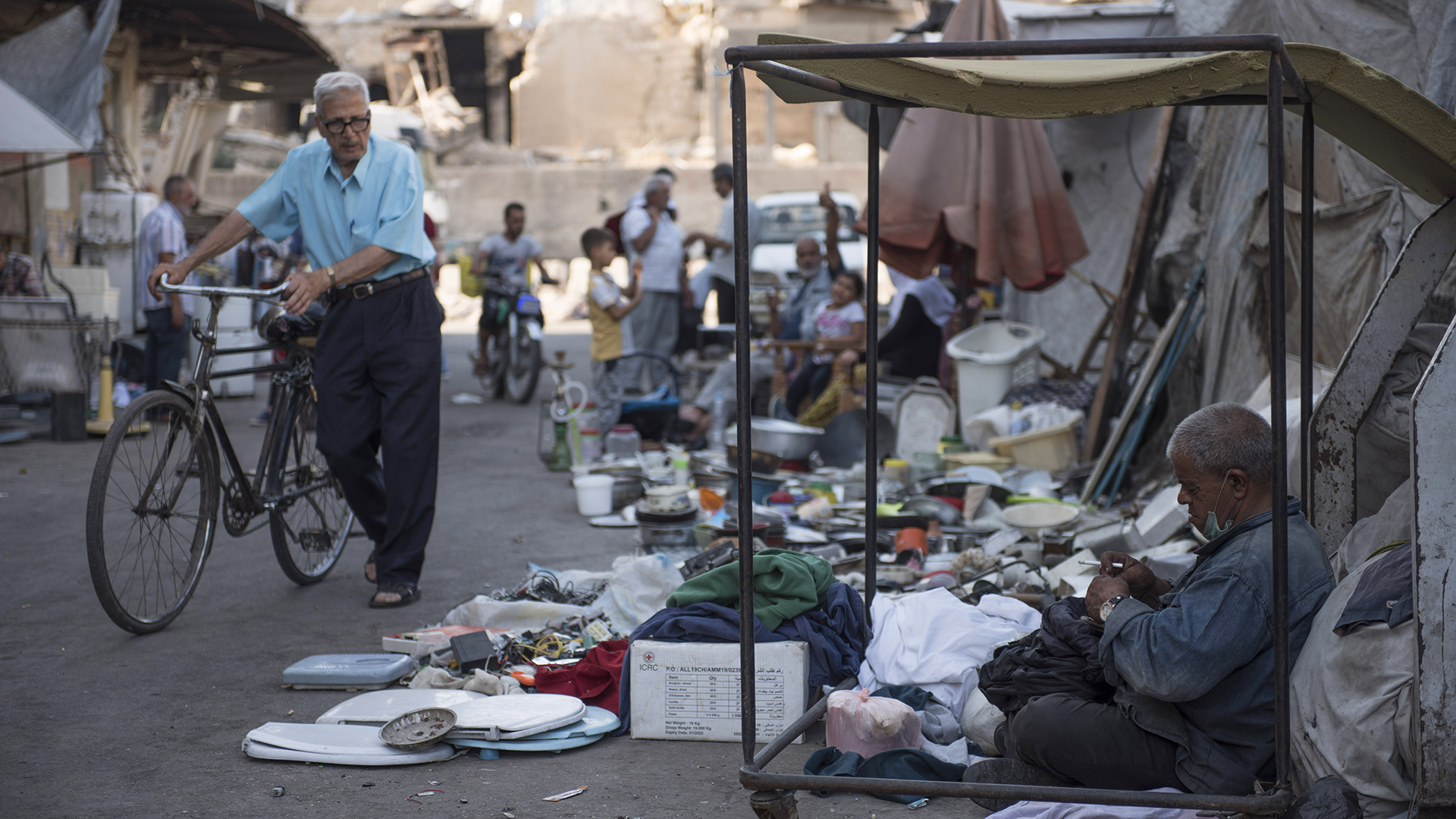
Morocco: A fenced future for migrants
Documentary maker Houda Hasswane focuses on the African migrants who flock to the Spanish enclave of Melilla on Morocco’s Mediterranean coast. With six-metre fences – often topped with barbed wire or even coils of razor blades – most of these migrants can go no further. “Melilla is a tragic example of how to fence off migrants. It does nothing to solve the urgent problems behind the refugee crisis.”
Global: Tackling racial injustice
As a journalist trained in trauma and conflict reporting, Sudanese-British journalist Yousra Elbagir is actively supporting black journalists to deal with traumatic news content, particularly around the latest Black Lives Matter movement. Her recent work focuses on violence against black women and the limiting cultural narratives that contextualise the black female experience.
India: Citizens facing statelessness
Using the example of Fatima Begum, a Bengali Muslim woman left off Assam's citizens’ list and facing statelessness and detention, journalist Sarita Santoshini warns that the Indian state is on the brink of a humanitarian crisis. To be recognised as an Indian citizen here, an individual must prove their links to the region dating back half a century. Those left off the list face being sent to detention camps.
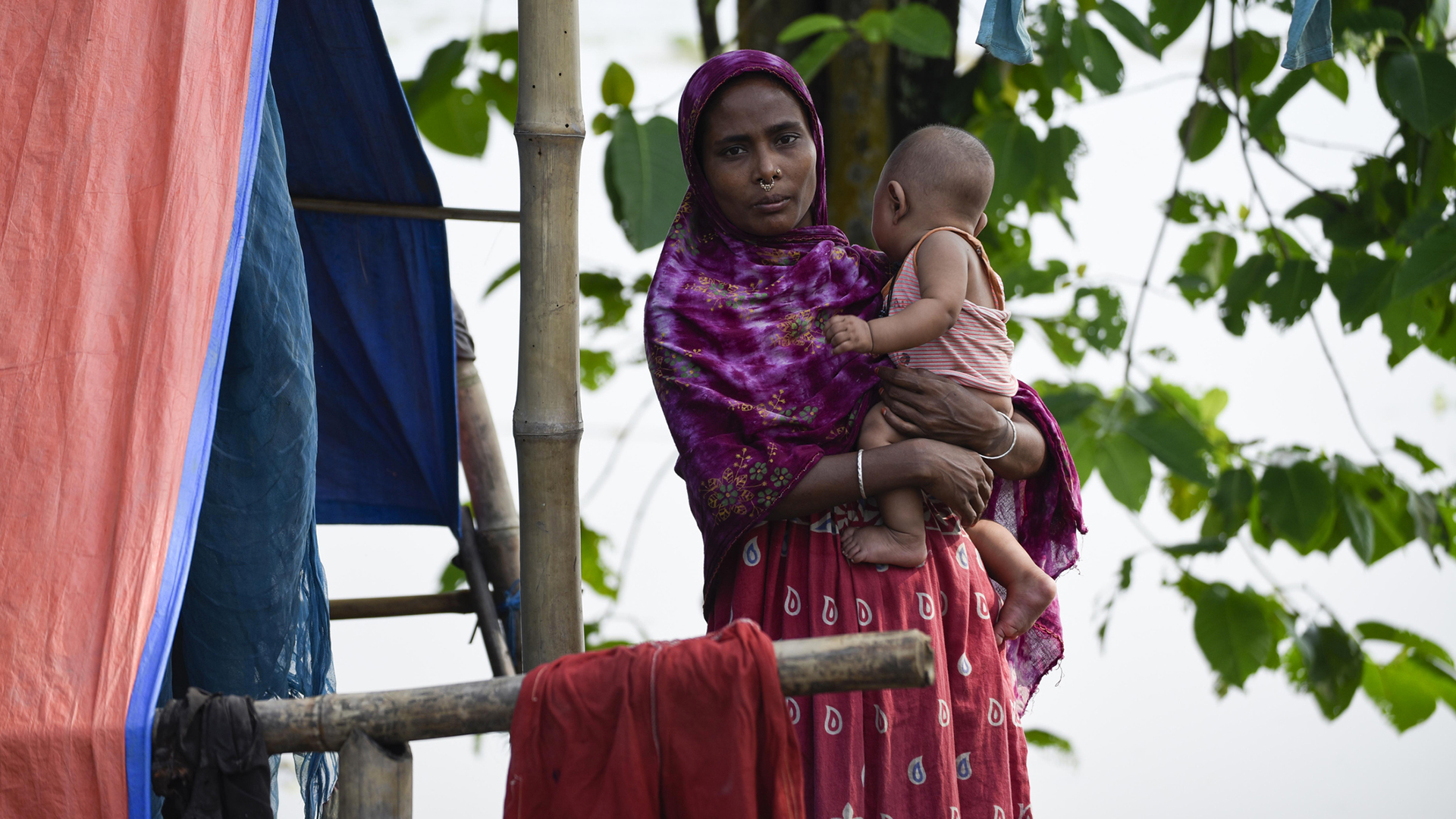
Rwanda: Jailed for having abortions
Rwandan journalist Christophe Hitayezu celebrates his work being published by The Guardian on the release of 50 women who had been jailed for having abortions. They were released after a personal pardon issued by the country’s president, Paul Kagame. “A woman’s right to safe abortion is a global concern and even controversial for most countries.”
Benin: Hard-knock life for street kids
Giving vulnerable street children from Benin, which ranks among the world's poorest countries, a chance at education is the message in one of journalist Florida Zossoungbo’s reports. Filmed in the city of Cotonou, Florida highlights how life on the streets for these children is unremittingly tough. “I want to draw attention to their suffering so that a solution can be found to help them.”
Bolivia: Harsh life for young miners
Mobile journalist Leonor Suarez went inside the silver mines of Potosí, Bolivia to report on the harsh, life-threatening working conditions of miners. As the tunnels grew darker and more claustrophobic, the air harder to breathe, she highlighted how these miners, including children as young as 15, were braving the risk of mine collapses to make a living.
Ireland: Anxiety for asylum seekers
Visual journalist Mostafa Darwish reports on how containment measures like testing and social distancing in the wake of the coronavirus crisis are near impossible for asylum seekers in Ireland who are housed in shared rooms with strangers and living in crowded spaces. He draws attention to the high levels of confusion and anxiety for people seeking asylum in Ireland in the current crisis.
Mexico: An uneasy passage to the US
Ecuadorian journalist Gisella Rojas Rodriguez highlights the struggles of the people of the “migrant bus” travelling through Mexico in search of a better life. A now annual event, the “migrant bus” is formed of about 600 people packed into buses who are fleeing Central American countries such as Guatemala, Nicaragua, El Salvador and Honduras to try to claim asylum in the US.
Syria: Surviving the siege
In the face of horror, journalist Waad al-Kateab filmed as her husband, a doctor, tended to the endless casualties, the daily chaos and devastation of the war in eastern Aleppo, Syria. Waad bravely humanised the victims’ stories and chronicled their pain without intruding. Her recent documentary, For Sama, with Emmy award-winning filmmaker Edward Watts has picked up numerous international awards.
South Africa: Gender violence crisis
Robin-Lee Francke is no stranger to violence against women, having been pistol-whipped, beaten and shot at in the course of her work in South Africa. She looks at the crisis of violence against women using the examples of Saadiqa Newman, a 26-year-old mother-to-be who was shot eight times by gang members, and six-year-old Nathlia Pienaar, who was struck in the head by a bullet while playing outside her home.
Vietnam: Child brides for sales
Photojournalist Yen Duong highlights how girls as young as 13 from the rural mountains of Vietnam are disappearing from their homes with increasing regularity. Many are trafficked across the border into China where the one-child policy and long-standing preference for sons has heavily skewed the gender ratio. They are then sold as brides “for the price of a buffalo”.
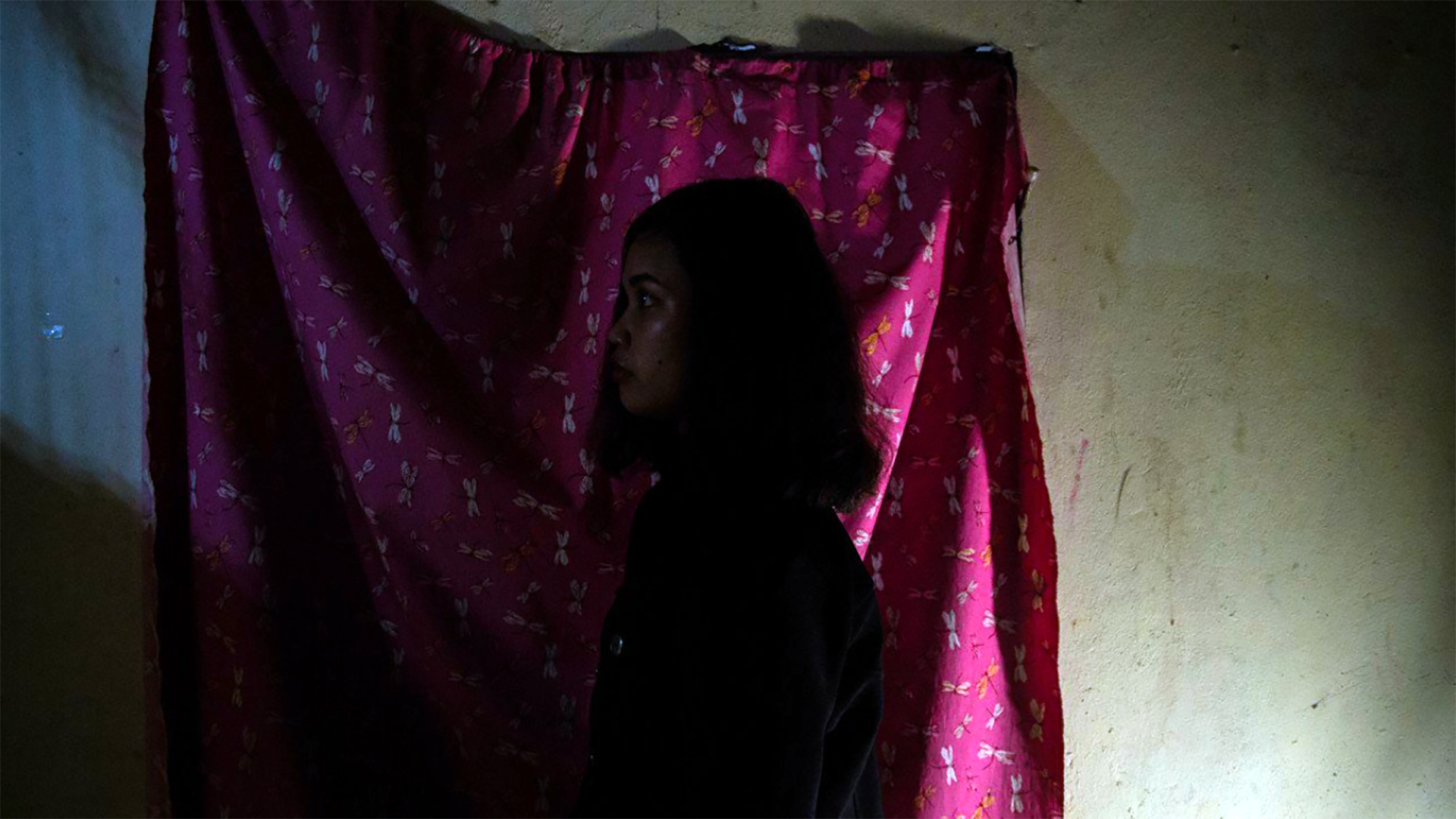
Kashmir: From clampdown to coronavirus
The social isolation of lockdown has long been a reality for the people in Indian-administered Kashmir, one of the world’s largest militarised zones. Independent journalist Aamir Ali Bhatt shares stories of Kashmir’s residents who are already weary from the day-to-day presence of troops on the streets and the longest internet blackout, and are now having to brace themselves for a coronavirus crisis.
Global: Giving refugees back their dignity
Multi-award winning photographer Marco Panzetti’s work on migration shows his commitment to photography on an extremely complicated and quick-moving global story. But his photography really stands out for what it lacks: obvious suffering and distress. He articulates a deeper representation than is offered by more typical photojournalism – presenting the human side of the migrant.
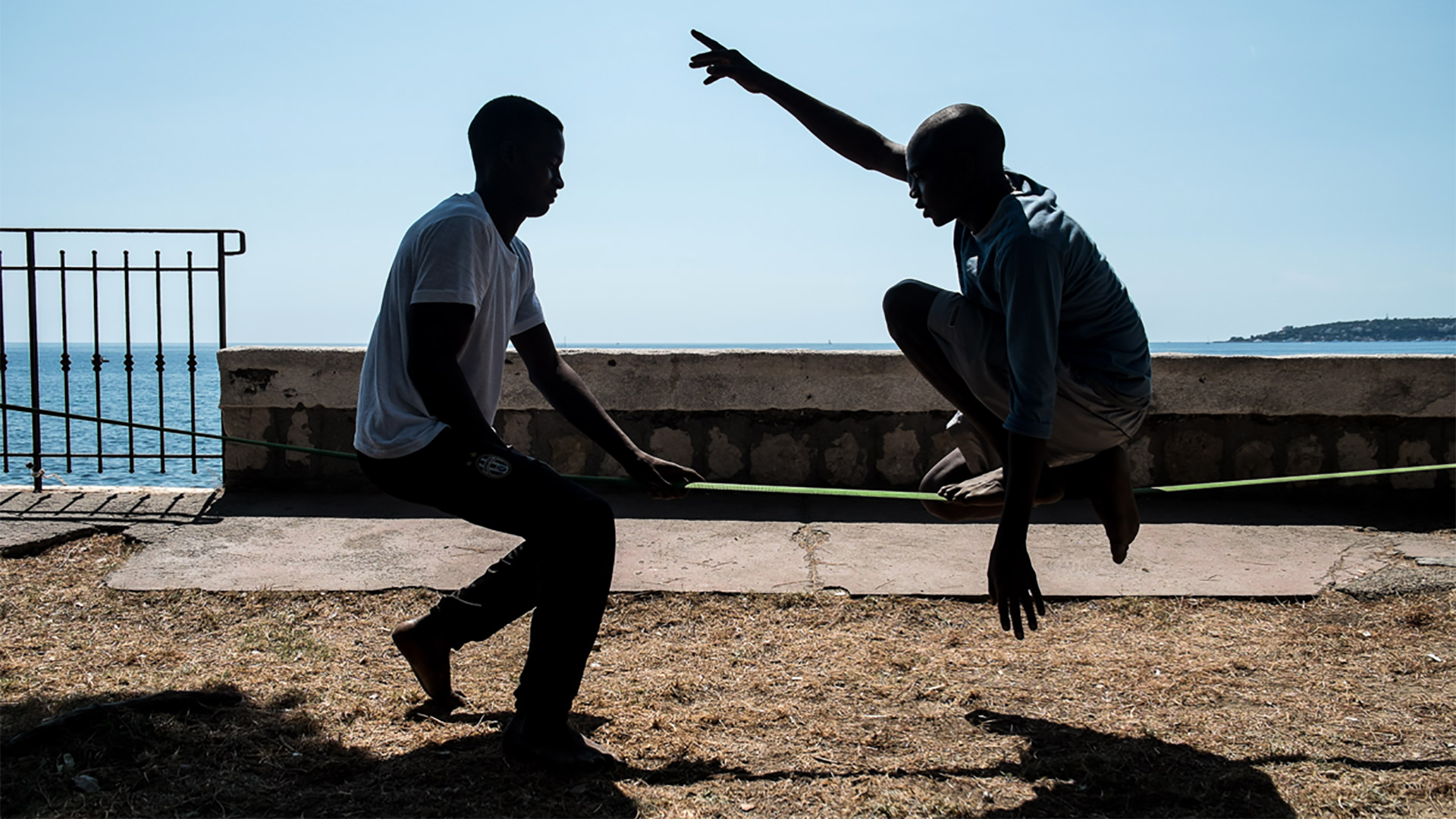
Ghana: Neglected challenges in classrooms
Broadcast journalist Alice Aryeetey reports on the children in rural Ghana who are forced to lie on their stomachs with their elbows pressed against hard floors in ill-equipped classrooms for up to eight hours a day. Her report started a national debate on quality education and led to Ghanian citizens making donations for the distribution of desks and other classroom furniture to the schools.
Liberia: Bribes inside prison
Bettie Kemah Johnson-Mbayo's story about prisoners in Monrovia Central Prison in Liberia where prison conditions are so deplorable that they violate basic human rights, received the attention of the Independent Human Rights Commission and UNDP. She exposed the ongoing corruption at the prison where visitors and inmates were being forced to pay bribes.
Malta: Sleeping rough to renew ID cards
Somali blogger Farah Abdi staged an overnight vigil with her mobile phone outside government offices in Malta to film the plight of fellow refugees having to sleep rough to renew their identity cards. Her endeavours won a change in Maltese government regulations. Farah arrived in Europe seven years ago after fleeing Africa due to fear of persecution because of her gender identity as a trans-woman.
India: Ending a tainted tradition
Journalist Saurabh Sharma reports from Nat Purwa in the Indian state of Uttar Pradesh that suffers from abject poverty and where prostitution has been a tainted tradition for over 400 years. Women pass on the trade to their children and the men are also involved, making sex work an important aspect of the family economy. With the help of NGO initiatives, they are now looking for other ways to earn a living.
Kenya: A painful infestation
Kenya-based journalist Thomas Mwiraria focuses on a poverty-related plague in sub-Saharan Africa. He writes about the destructive impact of a plague of parasitic ‘jigger’ fleas, which burrow into the skin, usually on the hands and feet, and lay egg sacks which can grow up to the size of a pea. He humanises the story by concentrating on the impact of the condition on one sufferer.
Armenia: A lesson in self belief
Journalist Kushane Chobanyan writes about Tigran Gevorgyan, a determined young man with Down’s syndrome who has been overcoming prejudice surrounding his condition by taking charge of early-learning classes at an educational centre in Armenia. Down’s syndrome can affect a person's physical and intellectual growth. “In Tigran's case, it has done nothing to diminish his self-belief.”
South Africa: Rape survivors use Snapchat
Mobile journalist Yusuf Omar used mobile journalism to produce a moving report on the nightmare of sexual violence in South Africa using Snapchat filters to film open and honest interviews with rape survivors. In many stories about abuse, the voices of victims are notably absent. In his report, the victims choose not to be silenced by the violence they have experienced.
India: Persistence of virginity tests
A two-finger virginity test to determine sexual assault and rape may have been banned in India, but freelance writer Meehika Barua highlights how doctors are still subjecting rape victims to the humiliating and invasive procedure instead of using the government’s rape tests kits. “This is only re-traumatising already vulnerable women who have been raped.”
Kenya: Period of shame
Judy Kosgei’s revelatory story on how up to two million girls were unable to access sanitary towels brought about a change in the law in Kenya for free access to sanitary pads to all girls of school age. Judy spoke to girls living in a remote village in Baringo county to discover how this affected their lives. Eight hundred and fifty thousand girls were missing school each month because of inadequate protection.
Denmark: One-way ticket for refugees
Syrian journalist Daham Alasaad’s film “One Way Ticket: Forced Repatriation for Denmark's Syrian Refugees?” captures the emotions of a family of fellow refugees who had previously risked their lives in the desert and in the sea and were now fearful that they were going to be sent back to an uncertain fate in Damascus. He picks up on their anguish and then relief when they’re allowed to stay in Denmark.
As our alumni demonstrate, journalism has the power to educate, spark debate, initiate change and speak about injustice – as well as take action against it.


